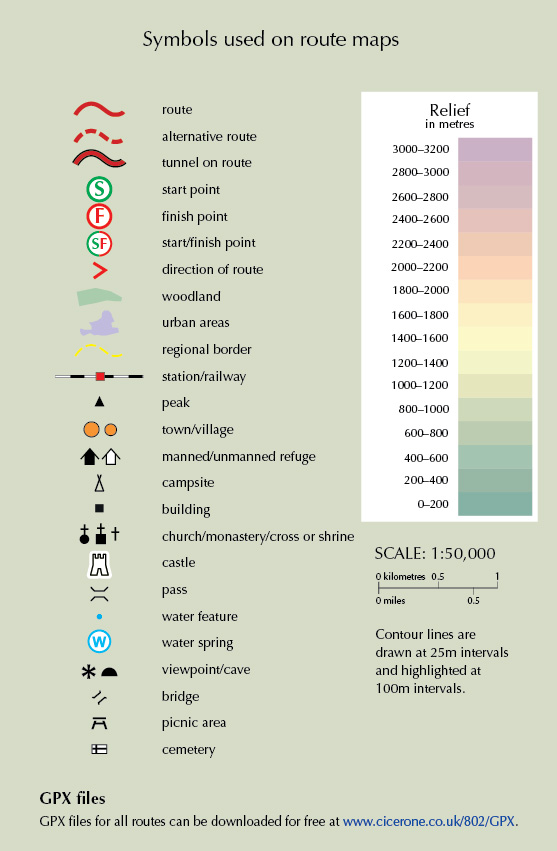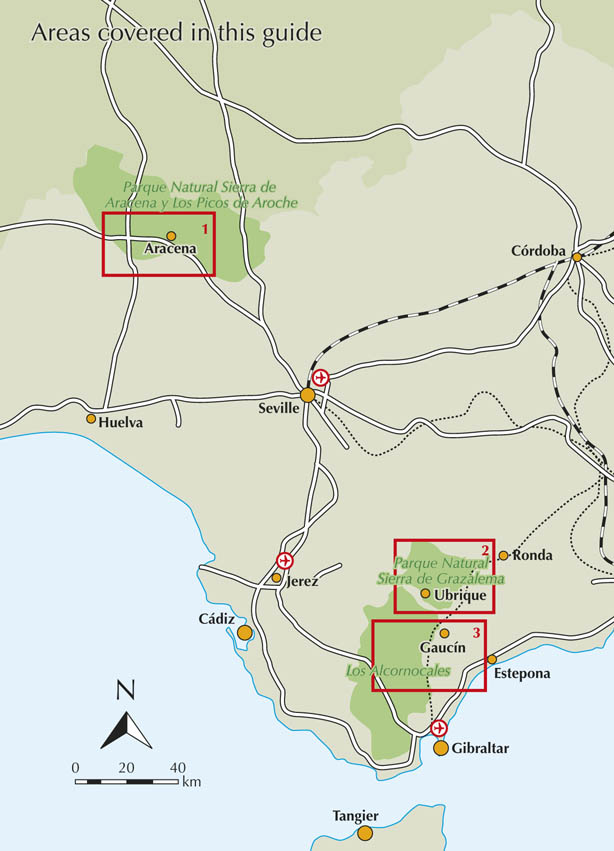About the Author
Guy Hunter-Watts has lived and worked in Andaluca since the 1980s. After studying at the universities of Santiago and Salamanca he taught English in South America before moving to the Ronda mountains where he has been leading guided walks for almost 25 years. His work as a walking guide and freelance journalist has taken him to many corners of the planet, including India, Namibia, Tanzania, Latin America and Mongolia.
Guy is also author of Cicerones Coastal Walks in Andaluca , The Mountains of Ronda and Grazalema and The Andalucan Coast to Coast Walk . He has recently walked the GR7 in Andaluca for a new Cicerone guidebook.
Other Cicerone guides by the author
The Mountains of Ronda and Grazalema
The Andalucian Coast to Coast Walk
Coastal Walks in Andalucia
WALKING IN ANDALUCA
by Guy Hunter-Watts
JUNIPER HOUSE, MURLEY MOSS,
OXENHOLME ROAD, KENDAL, CUMBRIA LA9 7RL
www.cicerone.co.uk
Guy Hunter-Watts 2016
First edition 2016
Reprinted 2017 and 2020 (with updates)
ISBN 9781783622740
Printed in China on responsibly sourced paper on behalf of Latitude Press Ltd
A catalogue record for this book is available from the British Library.
All photographs are by the author unless otherwise stated.
 Route mapping by Lovell Johns www.lovelljohns.com Contains OpenStreetMap.org data OpenStreetMap contributors, CC-BY-SA. NASA relief data courtesy of ESRI
Route mapping by Lovell Johns www.lovelljohns.com Contains OpenStreetMap.org data OpenStreetMap contributors, CC-BY-SA. NASA relief data courtesy of ESRI
Acknowledgements
Many thanks as always to my old friends Sam and Jeannie Chesterton from Finca Buen Vino, Gustavo Romero Moreno in Canillas, and Sepp and Inge in Ferreirola, who all offered such warm hospitality when I was out walking the trails. Thanks are also due to Jo Carter in Grazalema for advice on the Ribera circuit, and more of the same to Tessa Jacobs for her help on the computer and company when walking the trails in La Axarqua. And many thanks the readers who sent feedback about changes they encountered in the first edition of this guide.
Updates to this Guide
While every effort is made by our authors to ensure the accuracy of guidebooks as they go to print, changes can occur during the lifetime of an edition. Any updates that we know of for this guide will be on the Cicerone website (www.cicerone.co.uk/802/updates), so please check before planning your trip. We also advise that you check information about such things as transport, accommodation and shops locally. Even rights of way can be altered over time. We are always grateful for information about any discrepancies between a guidebook and the facts on the ground, sent by email to updates@cicerone.co.uk or by post to Cicerone, Juniper House, Murley Moss, Oxenholme Road, Kendal LA9 7RL.
Register your book: To sign up to receive free updates, special offers and GPX files where available, register your book at www.cicerone.co.uk.
Front cover: Cazorla and the Castillo de la Yedra
CONTENTS
PREFACE
My first experience of inland Spain came at the age of 21 when I rode an old sit-up-and-beg bike across Andaluca, from Huelva in the west to Murca in the east. What most excited me were the vast, open spaces through which I was travelling. Coming from southern England, the small number of cars and the sparsely populated landscape seemed as exotic as the palm trees and bougainvillea which gave nearly every remote cortijo such a heady allure.
Many years later I returned. This time I exchanged two wheels for two leather boots and headed for the mountains south of Ronda. Again I was inspired and moved by the huge expanse of wild and rugged mountains. The landscape felt unbridled in comparison with the more domesticated countryside Id left behind.
Thirty years have passed since my first foray into the Sierras of the south, yet the mountains have lost none of their appeal. It hardly seems credible that in walking the 500km of trail covered in this guide, I met with less than half that number of walkers and often found myself on footpaths from where no villages or even remote farms were visible.
Its this sense of space that makes walking in Andaluca so special. More people are walking Spains southern Sierras, yet the vast majority of the routes within these pages remain blissfully undiscovered. If you decide to head for the hills with this guide you can be sure of two things: youll be walking through areas of great natural beauty, and youll meet with few other walkers. Theres nothing to detract from the sheer pleasure of simply going out for a walk.
Guy Hunter-Watts

Leafy footpath in the Alcornocales Park (Walk 18)
INTRODUCTION

Corombela with its almond groves in full blossom (La Axarqua)
Few people are aware that Spain, after Switzerland, is the most mountainous country in Europe, or that the walking here can be as good as anywhere on the Continent. Perhaps its because people have long associated the Iberian Peninsula especially Andaluca with sun and sea. Yet the coastal belt represents only a tiny part of the rich fabric of Andaluca.
Travel a few kilometres inland and the mighty belt of the Subbaetic mountains, running from east to west across most of Andaluca, rises majestically up towards azure-blue skies. This vast range includes mainland Spains highest peak, Mulhacn, which might have snow on its upper reaches for nine months of the year. And within this chain of mountains there are no fewer than 20 natural parks, offering some of the finest mountain trails in southern Europe.

The limestone strata of La Cuerda de las Banderillas (Walk 35)
The aim of this guidebook is twofold: it is not only to introduce you to the best mountain trails within the most beautiful of the natural parks, but also to lead you to their most attractive villages and small towns. To this end, all the walks described here, with just a couple of exceptions, are circular routes starting and finishing in villages that are not only worth visiting but where good accommodation and food are also available.
The very good news is that over the last decade or so theres been a subtle revolution taking place in the hills of southern Spain. Paths have been cleared, routes waymarked, and groups of walkers mostly from northern Europe are extending the season of many rural hotels. What began with EEC grants from Brussels, and initiatives such as the creation of the GR7 footpath, is now beginning to take root and several new GRs have been created.

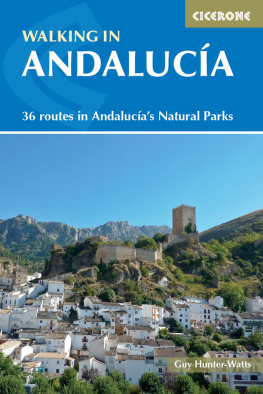
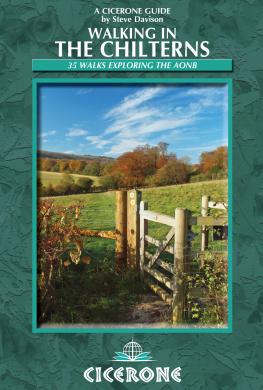

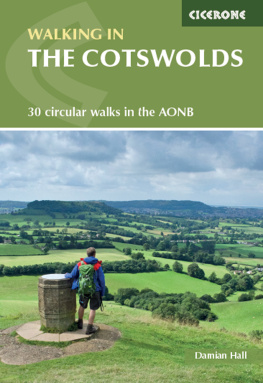
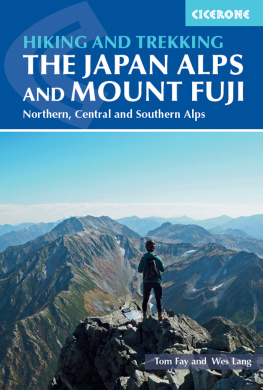

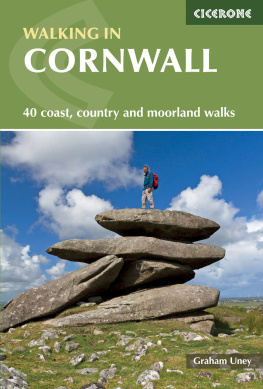
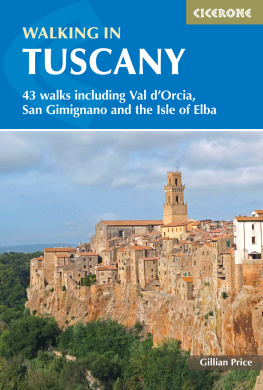
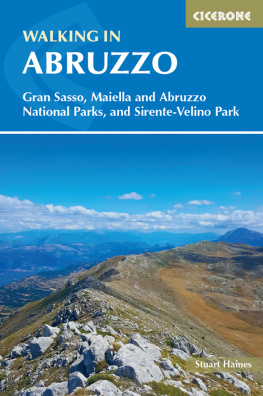
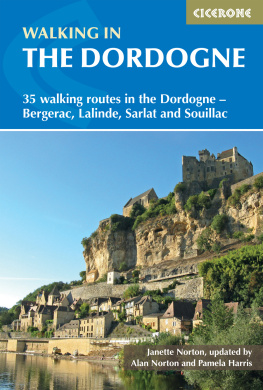
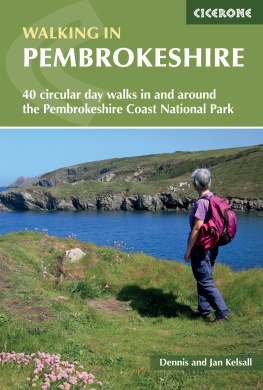
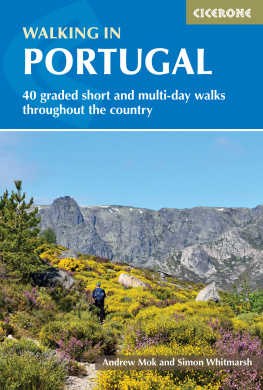



 Route mapping by Lovell Johns www.lovelljohns.com Contains OpenStreetMap.org data OpenStreetMap contributors, CC-BY-SA. NASA relief data courtesy of ESRI
Route mapping by Lovell Johns www.lovelljohns.com Contains OpenStreetMap.org data OpenStreetMap contributors, CC-BY-SA. NASA relief data courtesy of ESRI